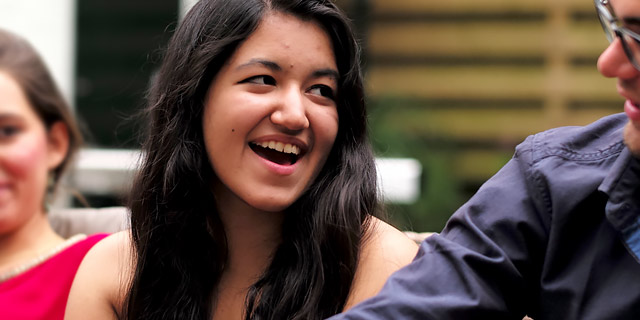CBT for Teens
The Use of Age Effective Interventions and What You Can Try at Home First
By Bluestone Psychological Services
“It’s a different anxiety than what I am used to!” – parent of a child in counseling.
Our children are growing up in a culture and economy that demands gratification. Immediate feedback for grades. Immediate responses for SnapChat or Instagram Posts. Immediate news and updates. A bombardment of advertisements on YouTube convey the quickness of feeling better when you play/buy their app.
Result: Our children are more likely to develop an anxious perspective through worried-thought norms. If you haven’t seen the stats, please read further. . . “among today’s adolescents in the U.S., approximately 32% of 13 to 17-year-olds have met criteria for an anxiety disorder at least one point in their lives.” 1 Many parents understand anxiety and stress but this anxiety appears to be different.
CBT for Teens Works!
Cognitive Behavior Therapy (CBT) can be a very effective tool to combat anxiety; except, it was meant to address primarily a thought adjustment or reappraisal. The ability to do this type of cognitive change is more likely to happen in a mature 24-year-old brain (on average) and above. Fortunately, adolescent therapists have developed alternative tools that invoke CBT, but focus on other ways to adjust perspective and thoughts. For example, using If-Then treatments help kids see that when “A” happens they can try “B”.
Does your teen need CBT adapted for their brain maturity? Not every child does. Here are some CBT for Teens you can try with your them at home:
- Encourage Problem Solving – parents often know how to solve the problem and step in too early to do it. Try to hold back, encourage detective questions, and build empowerment by watching your teenager find the answer.
- Soothe with Senses – isolating one or two senses can be relaxing for teenagers. Screens do not provide this relaxation because the eye is fixed on the moving images. Visual relaxation comes from panning with the eyes. Consider going to the museum. Walking outside. Using observation of the details around you for grounding.
- Breathe – observe your child’s breathing. Is it about 12-16 breaths per minute? If not, encourage them to slow down breathing. Have a competition of who can pull in air the slowest.
- Name the Feeling – kids often act on their feelings as part of the expression. If you see irritability, anger, or hyper-critical reactions, ask them what feeling they are having. Often times it is worry or stress. Identifying it is a good first step.
- Validate their Experience – help them makes sense of that feeling. Express to your teenager validation so they are able to express more feelings instead of just acting them out. “I can see why you are worried. Your friend made it seem like something bad could happen.”
If your teen, continues to struggle with their worry, anxiety, anger and stress; take action. Please contact us. We have many adolescent therapists to start you on the right path. Contact us today to get started!
¹ https://www.nimh.nih.gov/health/statistics/any-anxiety-disorder
Add’l content provided by David A. Morris, LCSW
